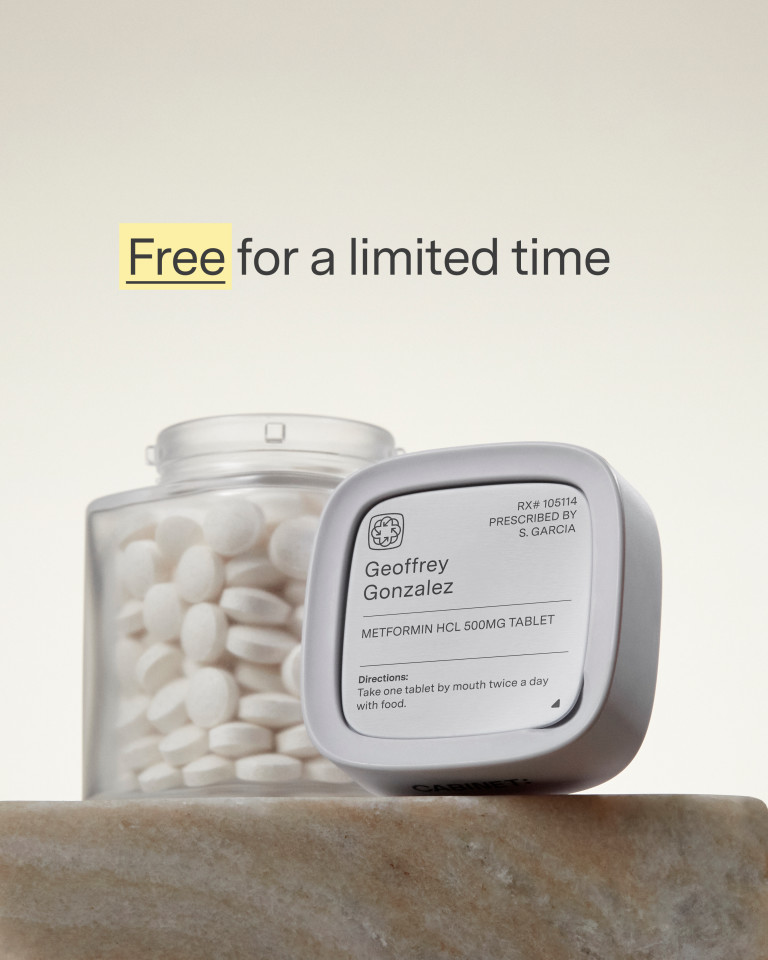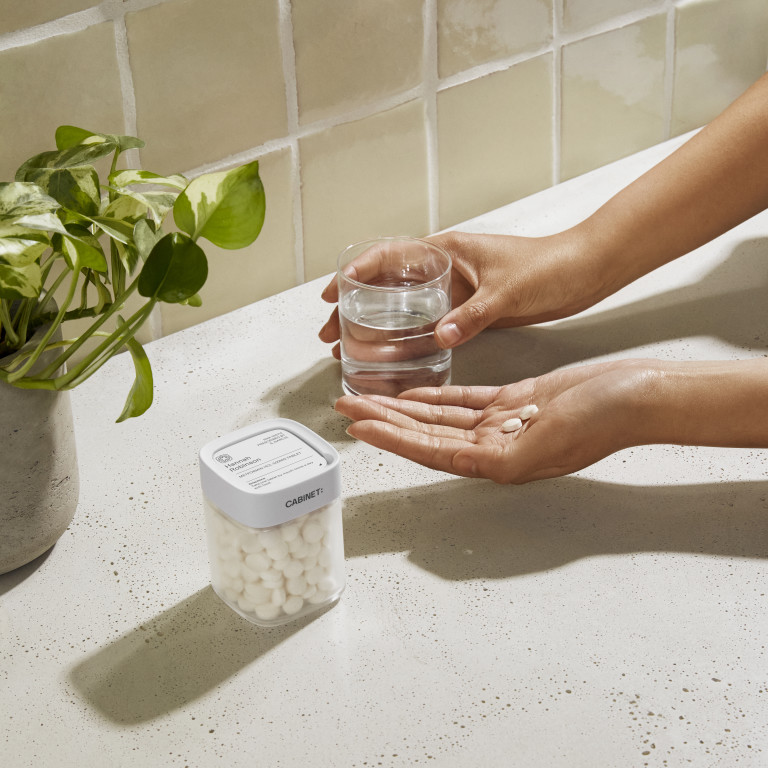In the world of gastrointestinal health, there are many medications available to alleviate symptoms and treat conditions. Two commonly prescribed medications for acid-related disorders are Famotidine and Pantoprazole. While these drugs may seem similar, they have distinct mechanisms of action and indications for use. Understanding these differences is crucial for selecting the most appropriate treatment option for each patient. In this article, we will comprehensively compare Famotidine and Pantoprazole, exploring their unique characteristics, side effects, and drug interactions.
Understanding Famotidine and Pantoprazole
Let's delve deeper into the world of Famotidine and Pantoprazole to gain a comprehensive understanding of these medications.
When it comes to Famotidine, also known by its brand name Pepcid, its mechanism of action as a histamine-2 receptor antagonist (H2RA) is fascinating. By specifically targeting histamine-2 receptors in the stomach, Famotidine effectively inhibits the production of stomach acid. This targeted approach not only provides relief for acid-related conditions such as gastroesophageal reflux disease (GERD), peptic ulcers, and heartburn but also minimizes the potential for widespread effects on other bodily systems.
What is Famotidine?
Famotidine, also known by its brand name Pepcid, is a histamine-2 receptor antagonist (H2RA). It works by reducing the production of stomach acid, providing relief for acid-related conditions such as gastroesophageal reflux disease (GERD), peptic ulcers, and heartburn. Famotidine is available in both prescription and over-the-counter forms, making it easily accessible for patients.
On the other hand, Pantoprazole, marketed under the brand name Protonix, belongs to the class of proton pump inhibitors (PPIs), showcasing a distinct mode of action compared to Famotidine. As a PPI, Pantoprazole works by irreversibly blocking the proton pump in stomach cells responsible for acid production. This inhibition leads to a profound and sustained reduction in gastric acid secretion, offering significant relief for individuals suffering from various gastrointestinal conditions.
What is Pantoprazole?
Pantoprazole, sold under the brand name Protonix, falls under the class of proton pump inhibitors (PPIs). PPIs work by blocking the enzyme responsible for acid production, resulting in a more potent and long-lasting reduction in stomach acid. Pantoprazole is typically prescribed for a variety of gastrointestinal conditions, including GERD, gastric ulcers, and Zollinger-Ellison syndrome.
The Mechanism of Action
Now that we have familiarized ourselves with Famotidine and Pantoprazole, let's delve deeper into their mechanisms of action.
Understanding how these medications work at a molecular level is crucial for grasping their therapeutic effects and potential side effects. Let's explore the intricate ways in which Famotidine and Pantoprazole interact with the body to alleviate symptoms of acid-related disorders.
How Does Famotidine Work?
Famotidine, a member of the histamine-2 receptor antagonist (H2RA) class, exerts its effects by selectively binding to the H2 receptors located on the parietal cells of the stomach lining. This binding inhibits the activation of these receptors by histamine, a key signaling molecule that triggers acid production. By blocking the H2 receptors, Famotidine effectively reduces the secretion of gastric acid, leading to decreased acidity levels in the stomach. This decrease in acid production not only provides symptomatic relief for conditions like gastroesophageal reflux disease (GERD) but also creates an environment conducive to the healing of acid-induced damage to the gastrointestinal tract.
Furthermore, Famotidine's ability to specifically target the H2 receptors without affecting other histamine receptors distinguishes it from other acid-suppressing medications. This selectivity contributes to its efficacy in managing conditions characterized by excessive gastric acid secretion while minimizing the risk of off-target effects.
How Does Pantoprazole Work?
In contrast to Famotidine, Pantoprazole belongs to a class of medications known as proton pump inhibitors (PPIs). Pantoprazole's mechanism of action involves the irreversible inhibition of the proton pump, also known as the H+/K+-ATPase enzyme, located on the surface of parietal cells in the stomach. This enzyme plays a pivotal role in the final step of acid production, where it actively transports hydrogen ions into the stomach lumen in exchange for potassium ions. By binding covalently to the proton pump, Pantoprazole effectively shuts down this crucial pump, leading to a profound and long-lasting suppression of acid secretion.
The irreversible nature of Pantoprazole's inhibition distinguishes it from reversible acid-suppressing agents like H2RAs. Once Pantoprazole binds to the proton pump, the enzyme must undergo new protein synthesis to restore its function fully. This unique mechanism underlies Pantoprazole's sustained acid-suppressing effects, making it a cornerstone in the treatment of acid-related disorders such as peptic ulcers and erosive esophagitis.
Indications for Use
Understanding when to use Famotidine or Pantoprazole is vital in delivering the most appropriate treatment for patients. Healthcare providers must consider various factors such as the severity of the condition, patient history, and potential drug interactions to make informed decisions.
When to Use Famotidine
Famotidine, a histamine-2 receptor antagonist, is commonly utilized in the management of mild to moderate GERD, peptic ulcers, and heartburn-related symptoms. It works by reducing the production of stomach acid, providing effective relief for patients experiencing occasional or intermittent acid reflux. In addition to these conditions, Famotidine can be used for prophylaxis against stress ulcers in critically ill patients, where maintaining optimal gastrointestinal health is crucial for overall patient well-being.
When to Use Pantoprazole
Pantoprazole, a proton pump inhibitor, is generally reserved for more severe or chronic acid-related conditions such as erosive esophagitis, gastric ulcers, and refractory GERD. Unlike Famotidine, Pantoprazole offers greater acid suppression by irreversibly inhibiting the proton pump in the gastric parietal cells. This mechanism leads to long-lasting relief and healing of the esophageal mucosa, making it an optimal choice for patients requiring more intensive therapy. Healthcare providers may choose Pantoprazole when initial treatments have failed to provide adequate symptom control or when there is a need for sustained acid suppression.
Side Effects and Risks
Like any medication, Famotidine and Pantoprazole carry potential side effects and risks. Let's explore these further.
It is crucial for patients to be aware of the potential side effects and risks associated with the use of Famotidine and Pantoprazole. While these medications are generally considered safe and effective in managing gastrointestinal conditions, there are certain considerations to keep in mind.
Potential Side Effects of Famotidine
Famotidine is a well-tolerated medication, and most patients experience minimal side effects. However, common adverse events may include headache, drowsiness, dizziness, and constipation. Fortunately, these side effects are generally mild and transient, making Famotidine a safe option for many individuals.
In some rare cases, individuals may experience more severe side effects such as allergic reactions, confusion, or irregular heartbeat. It is essential to seek medical attention if any of these symptoms occur while taking Famotidine.
Potential Side Effects of Pantoprazole
Pantoprazole is generally well-tolerated as well, but it may carry a slightly higher risk of certain adverse effects. These can include diarrhea, abdominal pain, nausea, and an increased susceptibility to infections. Although these side effects are relatively rare, it is essential for patients and healthcare providers to monitor for them and promptly report any concerns.
Additionally, long-term use of Pantoprazole has been associated with an increased risk of fractures, particularly in older adults or those with other risk factors for bone health issues. Patients should discuss the potential risks and benefits of long-term Pantoprazole use with their healthcare provider to make an informed decision.
Drug Interactions
Understanding the potential interactions between medications is vital to ensuring patient safety and minimizing adverse outcomes.
Famotidine Interactions
Famotidine has a relatively low potential for drug interactions, making it a safer choice for patients taking multiple medications. It may interact with certain antacids, reducing the absorption of Famotidine itself. Therefore, it is important to separate the administration of antacids and Famotidine by at least two hours to ensure proper efficacy.
Pantoprazole Interactions
Pantoprazole can interact with various medications. It may reduce the absorption of drugs that require stomach acid for adequate bioavailability. Additionally, Pantoprazole may interact with drugs metabolized by the cytochrome P450 pathway, potentially altering their effects. Therefore, healthcare providers should carefully review a patient's medication list before prescribing Pantoprazole.
In Conclusion
In summary, Famotidine and Pantoprazole are both valuable medications for managing acid-related disorders. Famotidine works by reducing gastric acid production through H2 receptor blockade, offering effective relief for milder symptoms. Pantoprazole, a more potent proton pump inhibitor, provides more profound and long-lasting acid suppression, making it suitable for severe or chronic acid-related conditions. While both medications are generally well-tolerated, they may carry rare side effects and interactions. It is essential for healthcare professionals to consider each patient's unique clinical situation and select the most appropriate treatment option. By doing so, we can optimize symptom relief, promote healing, and enhance the overall quality of life for our patients.
Ready to manage your acid-related conditions with the convenience and care you deserve? Look no further than Cabinet® Health for your Famotidine or Pantoprazole prescription refills. Experience the luxury of a free personalized glass bottle, declutter your space with our stackable design, and enjoy the peace of mind that comes with shatter-tested, child-safe containers. Plus, with Cabinet® Pharmacy, your refills are handled for you, delivered in eco-friendly pouches right to your door. Say goodbye to traditional pharmacy hassles and hello to a seamless, sustainable, and stylish way to manage your health. Look Up Your Prescription today, and let Cabinet® Health elevate your pharmacy experience in just about a minute.










